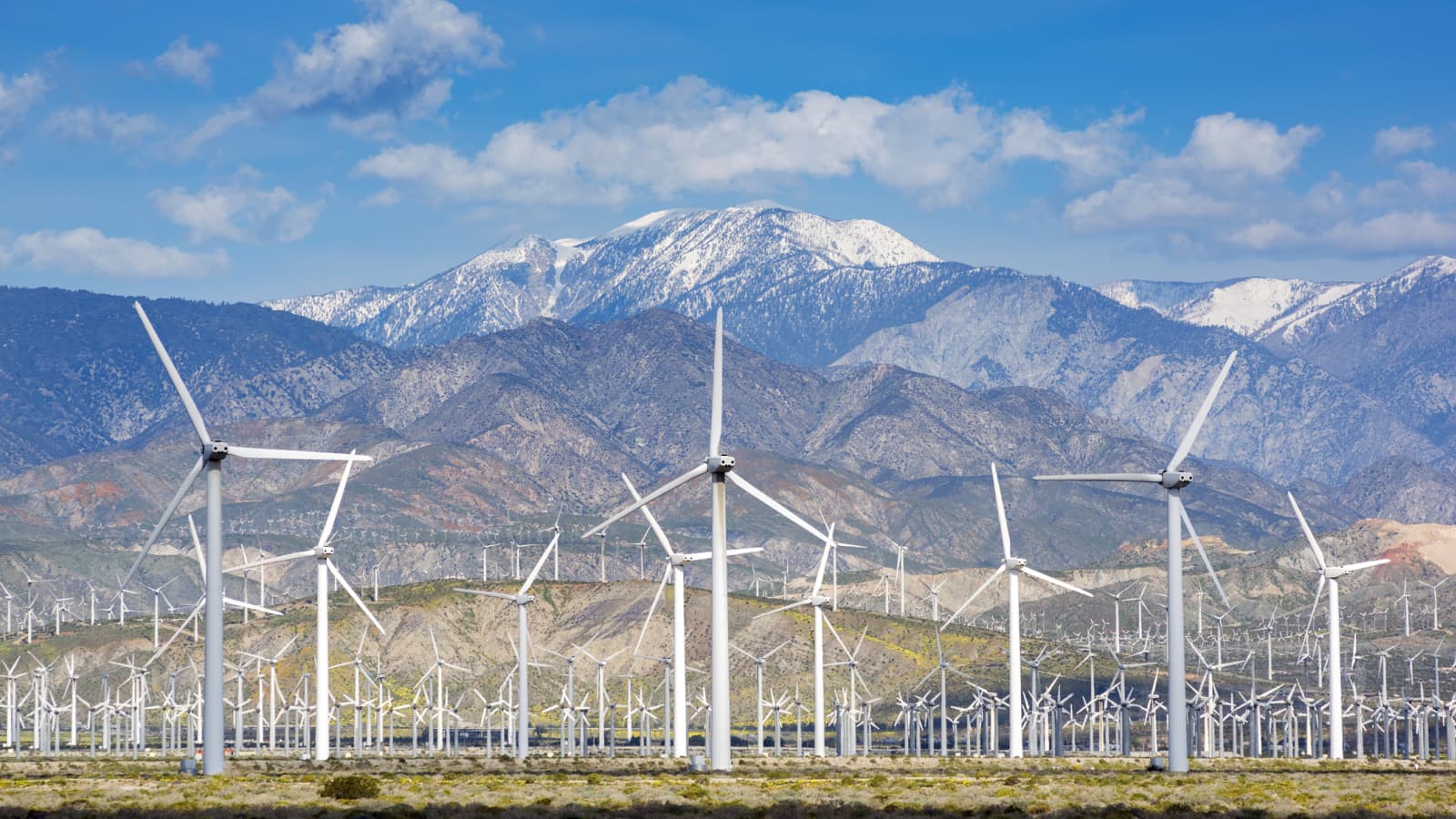
Barclays spends a lot of time and money telling staff, investors, and the media how green it is and how much it cares about supporting the transition to green energy. But it’s not as green as you think. Here’s 3 reasons why:
1) Gas is not green
A new investigation by ShareAction digs into the 2030 targets that banks like Barclays have set themselves on financing ‘green’.
🚨@ShareAction‘s new report reveals that banks’ green finance targets and disclosures are not fit for purpose expose them to accusations of #greenwashing https://t.co/roJPufGnYS
— Jeanne Martin (@JeanneMartin25) November 22, 2023
The results leave a lot to be desired. And that’s being kind. They find that Barclays is still defining fossil fuel gas as ‘green’. That’s right, the fuel that emits toxic chemicals and planet-warming pollutants when burned is apparently green in Barclays’ eyes. It’s just as crazy as just labelling oil as green, and it makes all of Barclays’ green targets anti-scientific, misleading and baseless.
But is that really surprising for Europe’s #1 funder of coal, oil, and gas? Probably not.
The world needs to quickly shift its energy use from fossil fuels like oil and gas to renewable sources like wind and solar, in order to drastically bring down emissions and avoid the harm caused to humans by fossil fuel infrastructure.
Barclays has to play a huge role in supporting this shift by fronting up the billion to build and scale sustainable energy.
2) Shell is not green (in case it wasn’t obvious)
Barclays was exposed in the Telegraph this year for offering a huge loan to Shell. Not only that, but Barclays actually labelled this green finance.
Barclays has classified a $10bn revolving credit facility that it created for Shell as “social and environmental financing” despite the company continuing to invest in new oil and gas.
My latest exclusive for the @Telegraph:https://t.co/lccMl38Jza
— Wil Crisp (@bilgribs) August 7, 2023
Barclays has set itself a target to finance $150bn in ‘social and environmental’ activities by 2030. Desperate to reach that target, it included the environment and human rights destroyer Shell in that bucket. As a reminder, Shell is the company which has admittedly reversed on its climate objectives and has been accused of major human rights violations in Nigeria.
To be genuinely green, Barclays must stop feeding billions of dollars to Shell, BP and Exxon – they are not working on the transition, they are un-doing it.
3) Accounting tricks are not green
One alarming finding in the ShareAction report is that Barclays likes to count up all of the so-called green finance they arrange towards their green targets because it makes them look good. But conveniently only count 33% of the financing for fossil fuels that they facilitate (through bonds) on their fossil fuel emmissions. This couldn’t be more of a double standard.
Barclays should be honest about its contribution to climate change. This, coupled with its indiscriminate financing of the most harmful energy sources – $190 billion since 2016 – means Barclays is not a leader on green finance, no matter how many recycling schemes there are.
It can be if it drastically increases financing for sustainable power (that means wind and solar, not gas, sorry) all the while stopping financing of oil and gas expansion.